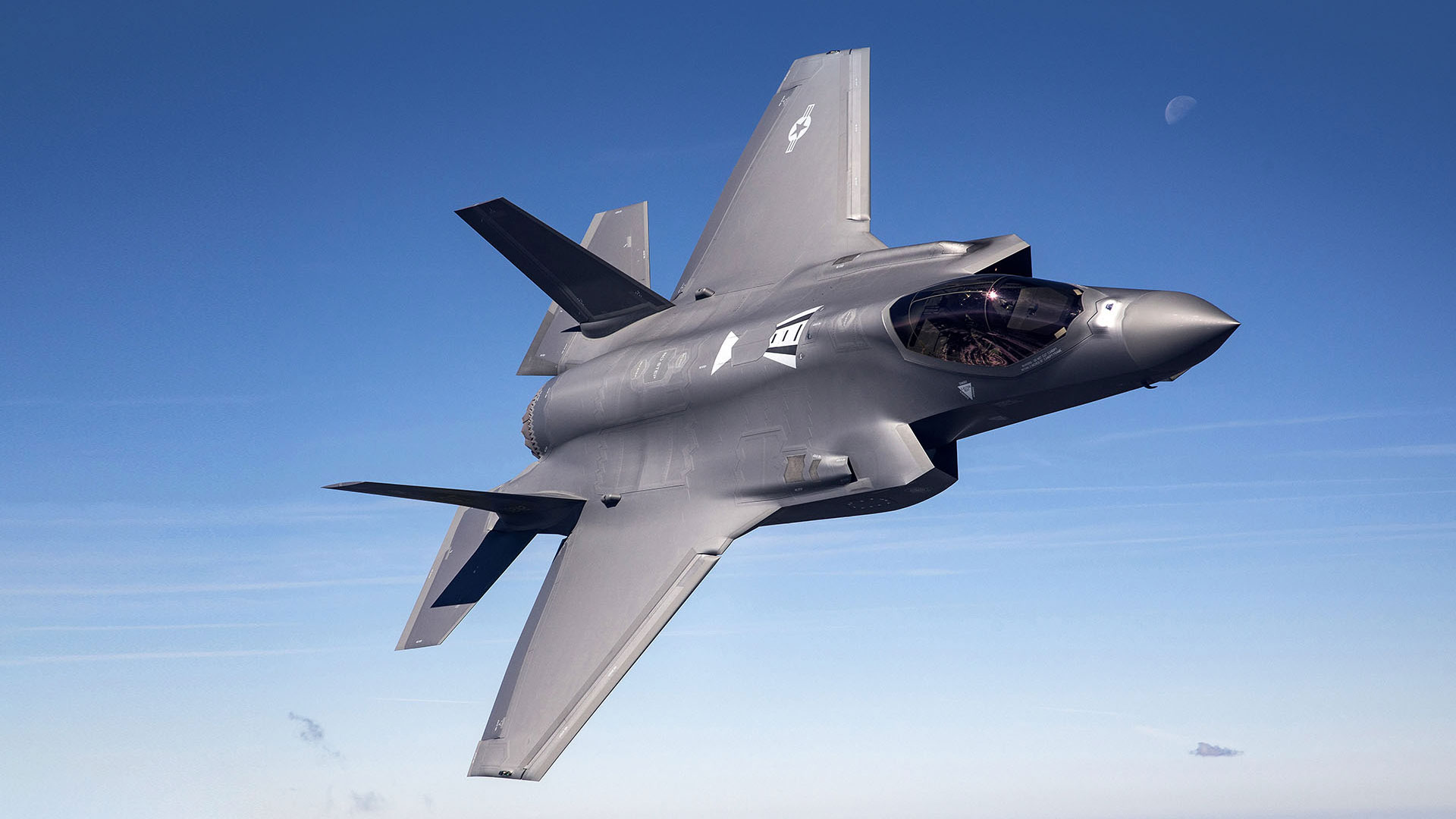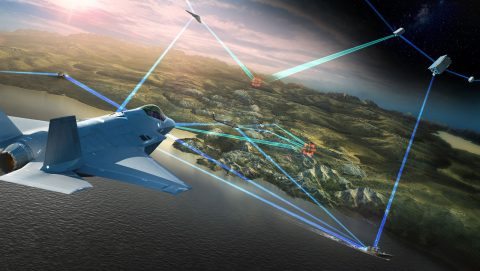When your car gets a flat tire, you likely put on the donut spare and head to a tire store. When a U.S. Navy aircraft needs tires while on a carrier at sea, they don’t have the luxury of stopping in at the nearest shop. To complete their missions, Sailors and Marines need spare tires wherever they are in the world and they need them fast.
To keep aircraft flying, a Lockheed Martin and Michelin North America team delivers tires anywhere in the United States in less than 34 hours and anywhere in the world in less than 60 hours. Since 2001, the industry team has delivered 440,000 tires in support of all naval aircraft beating the required response time.
Under a new performance based logistics contract awarded in February, Lockheed Martin and Michelin will continue to be on speed dial for the Navy. The team will also expand delivery support to provide tires for all variants of the F-35 Lightning II.
In addition to supporting the Navy, the contract supports 13 nations under the Foreign Military Sales program.
“It’s not just about being fast. The service has to be affordable too,” says Laura Frank, vice president for Integrated Test and Logistics at Lockheed Martin Mission Systems and Training. “Our predictive analysis pinpoints which squadrons need a new tire shipment and makes it possible to accelerate delivery timelines and drive down cost.”
Each year, the accurate forecasting model developed by Lockheed Martin returns millions in savings for the Navy compared to the previous solution. The supply chain management system called SCM+™ generates comprehensive tire usage forecasts to bring stability to the supply chain and keep costs low, says Frank.
SCM+™ also made it possible to decrease the amount of warehoused inventory by 80 percent since 2001 to drive down costs for the Navy.
As an end-to-end service, the Lockheed Martin team picks up used aircraft tires and either retreads them for continued use or recycles them. Nothing is sent to the landfill to support environmental sustainability.
“Our job is to make sure our customer doesn’t have to think about the tire logistic tail,” Frank says. “Knowing that we’re meeting the needs of Sailors and Marines and getting them back up and flying pushes us to keep giving our best.”




